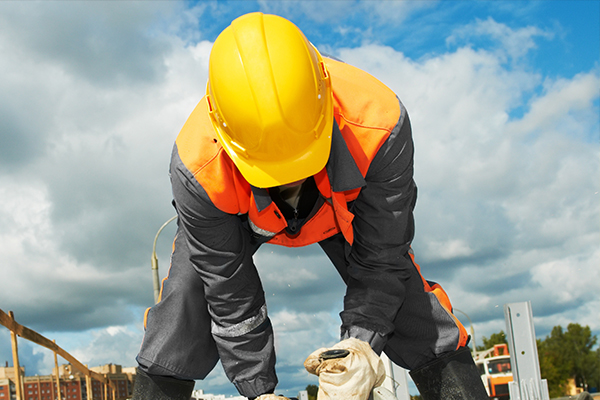In construction, safety is paramount, and a reliable helmet is a cornerstone of personal protective equipment (PPE).
This article delves into the critical aspects of construction helmets, including their types, costs, replacement schedules, and the specific considerations for workers in Kenya.
What Helmet Do Construction Workers Wear?
Construction workers typically wear hard hats, a type of helmet specifically designed to protect against falling debris, impacts, and electrical hazards. Hard hats come in different classes:
- Class G (General): Protects against impacts and limited voltage (up to 2,200 volts).
- Class E (Electrical): Offers high-voltage protection (up to 20,000 volts).
- Class C (Conductive): Designed for impact protection but lacks electrical resistance.
Most helmets used by construction workers include a suspension system to absorb shocks, a durable outer shell made of polyethylene or polycarbonate, and options for attachments like visors, earmuffs, and headlamps.
How Much Is a JSP Helmet in Kenya?
JSP (Jackson Safety Products) helmets are a popular choice in Kenya, known for their durability and adherence to international safety standards.
- Price Range: JSP helmets typically cost between KES 1,000 and KES 3,500, depending on the model, features, and retailer.
- Popular Models: The EVO series is well-regarded for comfort and advanced safety features like a vented design and ergonomic fit.
The affordability of JSP helmets makes them a preferred choice for contractors and workers in Kenya who require compliance with workplace safety regulations.
How Much Does a Construction Helmet Cost?
Globally, the cost of a construction helmet varies based on the brand, material, and additional features:
- Basic Helmets: $10–$20 (approximately KES 1,500–KES 3,000).
- Advanced Helmets with Accessories: $25–$60 (approximately KES 3,800–KES 9,000).
In Kenya, local markets and online platforms like Jumia or hardware stores often provide competitive pricing, with helmets ranging from KES 800 to KES 4,000, depending on the quality and supplier.
How Often Should Construction Helmets Be Replaced?
The lifespan of a construction helmet depends on usage, exposure to harsh conditions, and manufacturer guidelines.
- Standard Replacement Interval:
- Most manufacturers recommend replacing helmets every two to five years.
- Inspection and Early Replacement:
- Replace helmets immediately if they show signs of damage such as cracks, dents, or a compromised suspension system.
- Exposure to extreme heat, UV rays, or chemicals can degrade materials, necessitating earlier replacement.
In Kenya’s hot climate, UV degradation is a common concern, making regular inspections crucial.
Tips for Choosing the Right Construction Helmet
- Compliance: Ensure the helmet meets international safety standards like ANSI/ISEA Z89.1 or EN 397.
- Comfort: Look for features like adjustable straps, padded interiors, and lightweight materials.
- Durability: Choose helmets made from high-density polyethylene or polycarbonate for long-lasting use.
- Features: Ventilation, slots for accessories, and reflective materials enhance functionality.
Conclusion
Construction helmets are indispensable for worker safety, offering critical protection against workplace hazards. In Kenya, options like JSP helmets provide affordable and effective solutions that meet global standards.
Regular inspections and adherence to replacement schedules ensure helmets continue to provide the protection workers rely on.
Investing in high-quality helmets is not just a regulatory requirement—it’s a commitment to safeguarding lives on-site.

